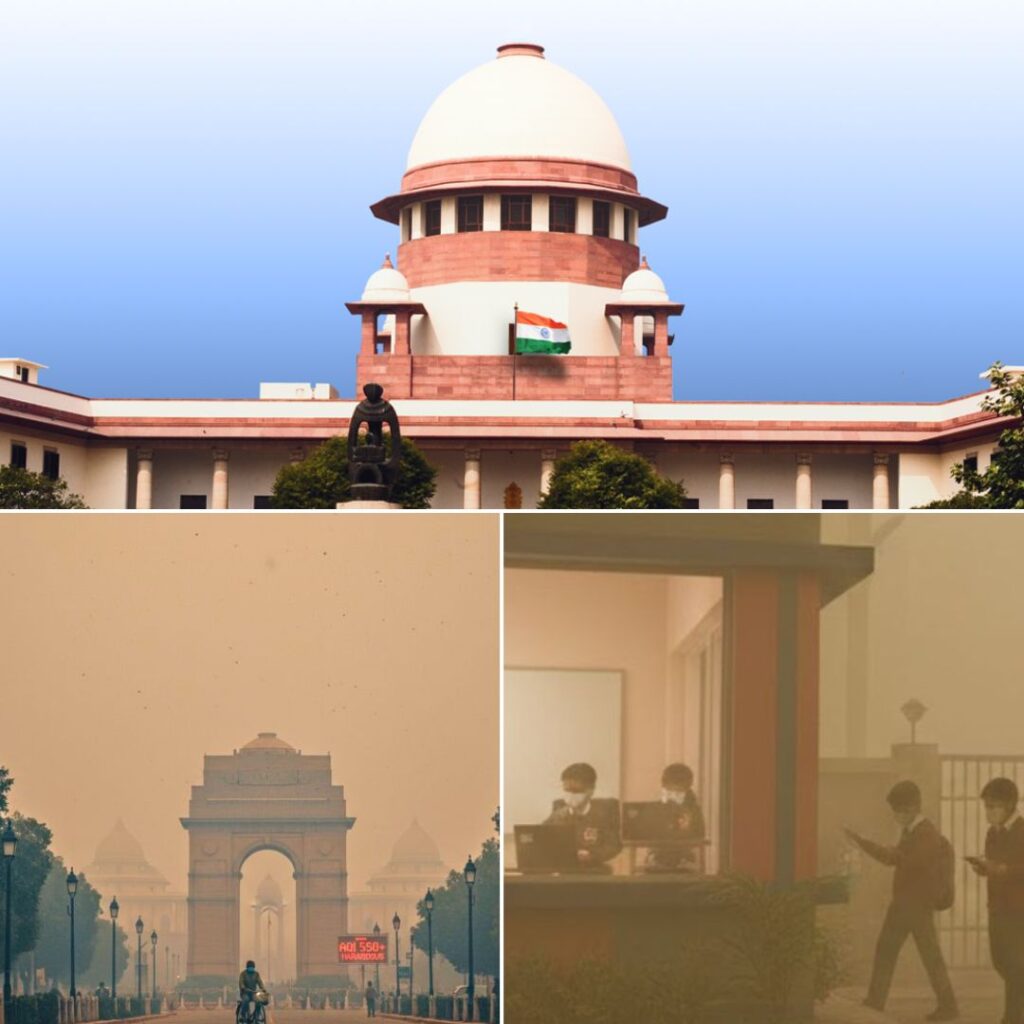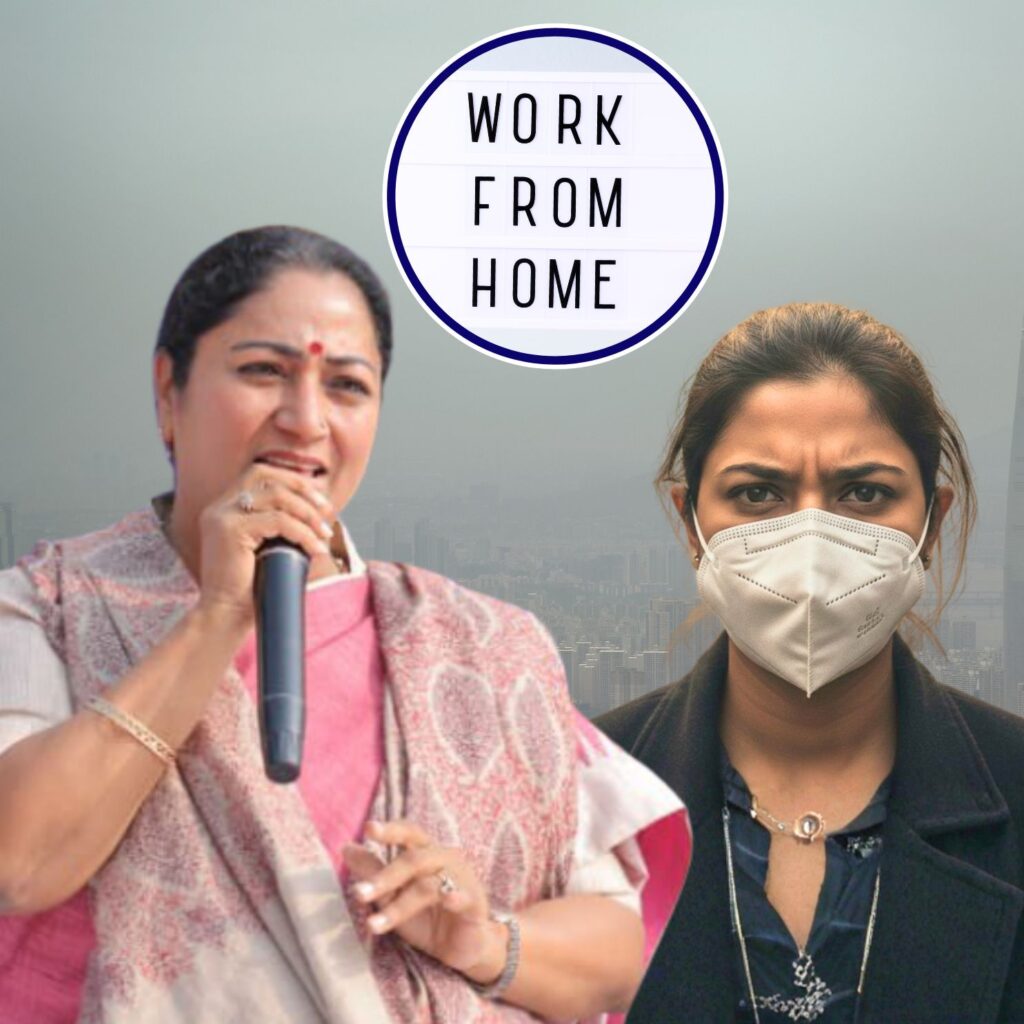Philippine President Ferdinand Marcos Jr. has declared a nationwide state of emergency after Typhoon Kalmaegi unleashed devastation across central provinces, particularly Cebu, leaving at least 241 people confirmed dead or missing in its wake.
Entire communities were inundated by flash floods, forcing close to two million residents to evacuate, while more than half a million were displaced and hundreds of thousands sought refuge in emergency shelters.
The government’s emergency measures aim to accelerate aid delivery, prevent food hoarding, and stabilise market prices as rescue operations continue and citizens brace for further rain.
Crisis Unfolds: Lives Lost and Communities Shattered
The catastrophic impact of Typhoon Kalmaegi has been most acutely felt in Cebu, a province renowned both for its vibrant city life and impact as a tourism hub. The Office of Civil Defense reported at least 71 deaths in the region, mostly due to drowning in the rapid, unexpected flooding.
Another 65 individuals remain missing, with the likelihood of rising numbers as search efforts continue. The floodwaters surged so swiftly that families fled to rooftops, frantically signalling for rescue as their homes filled with water in minutes.
“We did everything we can for the typhoon but, you know, there are really some unexpected things like flash floods,” said Cebu Governor Pamela Baricuatro, reflecting the region’s frustration with preventative infrastructure that failed to match the severity of the disaster.
Survivors are beginning to sift through the debris of their former lives. Eilene Oken, one such resident, described returning to what remained of her house, recounting how years of effort had been swept away in a single storm.
Despite the magnitude of the loss, Oken, like many, expressed gratitude that loved ones survived, telling reporters, “We worked and saved for this for years, then in an instant, it was all gone.”
Volunteers and local rescuers described scenes of devastation, where tumbled vehicles, shattered homes and persistent floodwater left entire neighbourhoods barely recognisable.
Rescue Under Fire: Response, Recovery, and Rising Challenges
Kalmaegi’s destructive path was compounded by tragedy within the government’s own ranks: six air force personnel perished in a helicopter crash in Agusan del Sur while attempting to deliver humanitarian aid.
The incident underscored the peril facing responders and the difficulty of getting supplies to cut-off villages amidst dangerous conditions. Power outages continued across 52 municipalities as authorities scrambled to restore critical services and reach isolated communities.
Relief agencies, including CARE Philippines, highlighted especially dire conditions for women and children, many of whom had just endured previous disasters, such as a powerful earthquake in northern Cebu weeks earlier.
“Women and girls are once again carrying the weight of overlapping crises,” said Reiza S. Dejito, Country Director of CARE Philippines.
With Kalmaegi’s aftermath layered atop earlier calamities, more than 1.1 million people have been impacted, with 577,000 displaced through the archipelago’s central regions.
In Cebu alone, 53 cities and municipalities were placed in a formal state of calamity, ensuring rapid mobilisation of funds and prioritising aid to the most vulnerable communities.
Volunteers and emergency workers continue to distribute food, water, and plastic sheeting for temporary shelter, but thousands still await assistance as disrupted roads hamper deliveries and rain threatens further landslides.
Politics, Accountability, and Future Threats
The typhoon’s timing has fuelled national debates about disaster preparedness and infrastructure spending, with critics calling for transparent investigations into why billions of pesos invested in flood-control projects failed to prevent the extensive devastation.
Political leaders meeting with President Marcos underscored the need for robust, corruption-free governance in future infrastructure efforts.
Amid the calamity, weather forecasters warned that another tropical system could bring “life-threatening stormy conditions” to Luzon and neighbouring islands within days, putting even greater strain on already exhausted response networks.
The regional trajectory of Kalmaegi also raised fears of expanded disaster in neighbouring countries. As the storm crossed into the South China Sea, Vietnamese authorities prepared for its forecasted landfall, coordinating advanced evacuations and weather alerts.
Meanwhile, across the region, similar crises loomed, with reports of flash floods leaving over 20 residents missing in Indonesia’s Papua province, reinforcing the relentless impact of climate-driven disasters.
The Logical Indian’s Perspective
The devastation wrought by Typhoon Kalmaegi shines a light on the urgent need for greater empathy, dialogue, and proactive disaster management-locally and globally.
The courage of the Filipino people, especially frontline workers risking their lives in treacherous conditions, stands as a powerful reminder of our shared humanity in times of crisis.
The Logical Indian believes that solidarity, transparency, and inclusive action are key to overcoming both immediate challenges and long-term systemic failures.
We encourage authorities and communities to prioritise the voices of the displaced and vulnerable, fighting not only for survival today but for sustainable change tomorrow.
💔 At least 26 people have died after Typhoon Kalmaegi hit the central Philippines, causing catastrophic flooding in Cebu and nearby provinces.
— Volcaholic 🌋 (@volcaholic1) November 4, 2025
Floodwaters trapped people on rooftops and completely destroyed homes.
Kalmaegi is the 20th storm to affect the country this year. pic.twitter.com/KhmZN9H6TC












